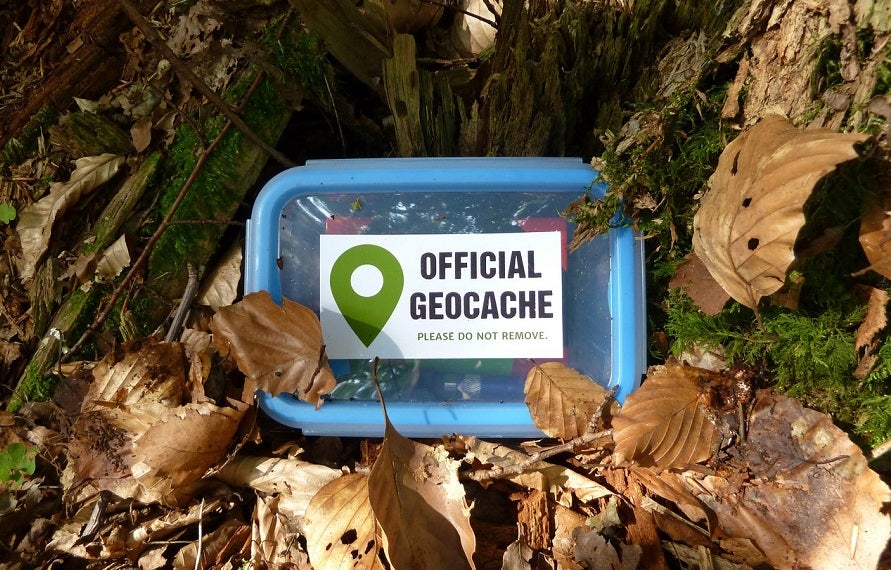
Our Editors independently research, test, and rate what we feel are the best products. We use affiliate links and may receive a small commission on purchases.
Do you want to be a Geocacher?
Or maybe you have no idea what Geocaching is but you have heard people talking about it. Have you seen someone post about it in their newsfeed or on their Twitter?
Geocaching – What is it?
The simple definition of Geocaching is that it is a real-life treasure hunt.
Generally speaking, you aren’t out to find a pirate’s buried treasure. Even though some Geocaching locations might have treasures untold hidden in out of the way locations, you really don’t know what to expect from a Geocaching location until you actually go out and find it.
That is one of the major draws of Geocaching.
Sometimes you get to a location and find a log book that you can write your name in. There are even locations that have no physical items but to consider the location “logged” you will have to submit a picture or answer a question about the physical location.
If you are lucky, you might even find a Geocaching container with some pretty awesome SWAG in it.
Not sure what that is? Keep reading and let’s find out…
Geocaching Tools
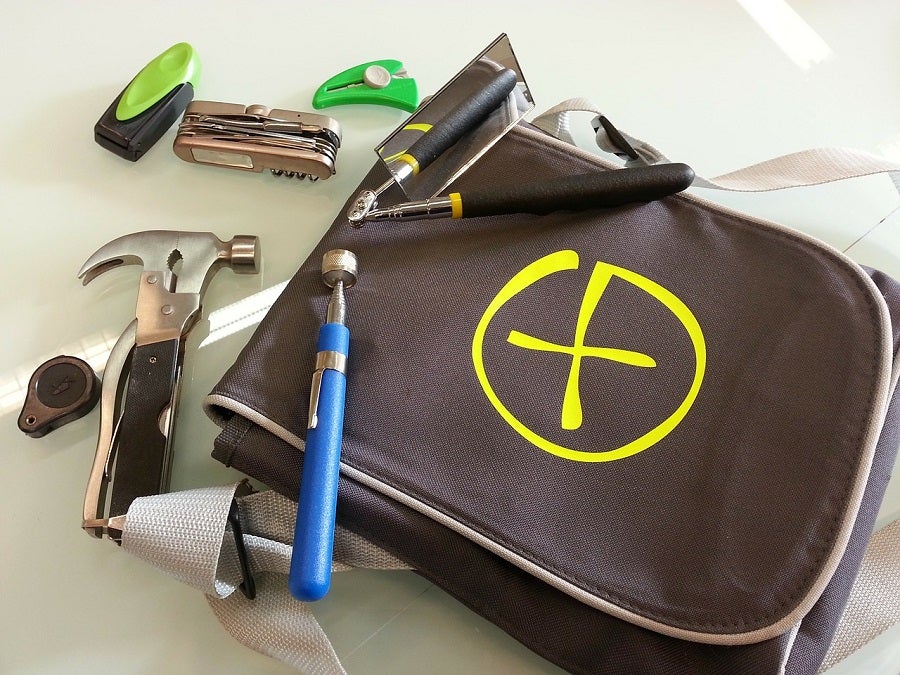
If you want to be a Geocacher, there are a few things you should consider bringing with you. Even pirates and treasure hunters from centuries ago would bring treasure maps and shovels.
Though you shouldn’t need a shovel to find these hidden treasures, you will need some other items. Here is a quick list to get you started.
GPS or Geocaching App
This is your treasure map. Obviously, you can’t find a hidden treasure without a map. This is the only thing that you absolutely NEED to be able to find the Geocaching locations.
You just have to decide which kind of map you want to carry with you. If you are just starting out and intend to do Geocaching as a hobby, something like a little adventure from time to time, the Geocaching App is a great option.
The app shows all of the Geocaching containers located near you. Once you decide on the container you want to hunt for, you can simply tap the navigate option in the app and it will show you where to go and tell you when you have arrived.
It is important to note that your phone will need to have the GPS enabled to be able to use the Geocaching App.
In the app, you can find the locations for the traditional Geocaching containers for free but to be able to find the locations and to log the more difficult containers you will need to upgrade to premium.
There are two premium upgrade options for the app. You can subscribe monthly or yearly. Both options offer complete access to all features of the app until the subscription expires.
Based on how frequently you go Geocaching can help you decide which option is best for you.
If you decide that you want to get serious about Geocaching and you plan to do it on a weekly or even daily basis, you might want to consider an upgrade from the app to a separate GPS device that is specifically dedicated to GPS navigation.
There are a couple of reasons to consider this option.
If your phone’s GPS isn’t exactly top-notch, you can get a Handheld GPS device. This will allow you to more accurately find the location that you are looking for. The latest wrist style GPS watches will work well also.
A more accurate location certainly makes finding Geocaching containers a lot easier, especially if you are doing the more difficult to locate containers.
Another thing to consider, if you are travel to countries other than where you normally reside, using your phone might not be an option. Unless you purchase a local phone with GPS access or you pay for international plans, you will probably need a GPS device.
This is a really good thing to have if you take a lot of short-term trips or if you spend several weeks or months backpacking between various countries.
All of these are great options. The free app, premium membership, and a GPS device can all be used to local Geocaching locations and containers all over the world.
You just have to decide which option works best for you.
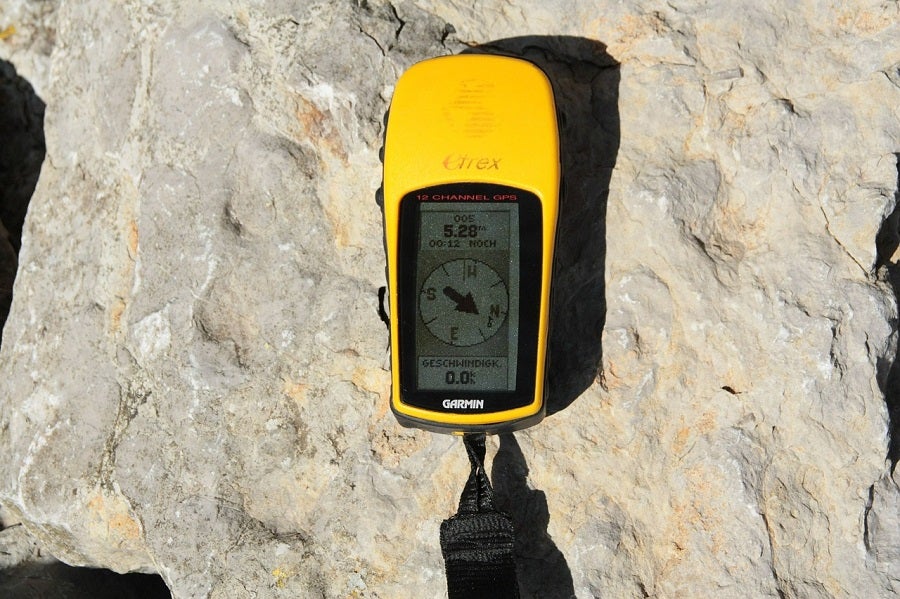
Pencil and Log Book
Though you don’t always need a log book and a pencil, these are a good idea to carry just in case. If you are using the Geocaching app, the owner of the Geocaching container will often note whether or not these items are needed.
Most containers will contain at least a log book so you can write your name and the date that you found the box, and maybe other things like where are you from.
This is just so the owner and other people can see who has visited their Geocaching container. If you are looking for a small or extra small container, you will probably need to bring your own pencil.
The logbook is used for two purposes. First, most locations will contain a log book that you can sign but you leave that book in the container for the next person to sign.
If you a more of a pencil and paper kind of person, you can also carry your own log book to write down the locations that you have already been to.
You can also use this to log locations that you may not have access to if you don’t have a premium membership on the Geocaching app.
This is something tangible that you can keep and maybe one day pass down to your kids or something special like that.
Flashlight
Though flashlights are not always required, it is one of those things that are good to keep handy.
If you get to a location early in the evening or even late at night, you will need a flashlight to search for your Geocaching container. Sometimes they may be hidden in poorly lit areas, even in the daylight hours.
And sometimes they are hidden inside and under stands. Maybe inside a hollow log, under a walking bridge, or even in a cave.
When it comes to having a light, it is better to be safe than sorry and be unable to find your Geocaching container. Most phones have a flashlight option. This will usually work just fine so you don’t have to carry a separate flashlight.
But it is a good idea to make sure your phone battery will last long enough to use GPS to find the location, the flashlight to find the container and possibly even the camera to document your findings.
SWAG
SWAG I mentioned this earlier, remember? This is one of the coolest parts of Geocaching in my opinion.
SWAG stands for Stuff We All Get.
Depending on the size of the container and who hid the container, it may have some SWAG for you. These are like tiny little treasures for all of your hard work.
But if you are going to take a piece of SWAG from a geocaching location, you need to replace it with another piece of SWAG for the next Geocaching treasure hunter to find. Be sure you carry something to leave behind for the next person.
Camera
Nowadays, we all have cameras on our phones. But if you are an avid photographer or you just prefer to use a real camera, you will definitely want to bring one with you when you go Geocaching.
Not only will you want to use it to document your finds, you will also want to document your journey. Often, the most exciting part of a treasure hunt is the journey to find the treasure, not the treasure itself.
Spending time with your friends and loved ones, enjoying the beautiful scenery.
Whether it is a place you are familiar with like home or you are traveling the world, many Geocachers have reported the amazing sights that they have seen while looking for even the extra small containers that only contain a log book.
Having a good Outdoor Nature Camera to take home some proof of these beautiful places will give you conversation topics that will last for hours.
Not to mention the memories that will last even longer if you have a picture to remind you of these exciting adventures.
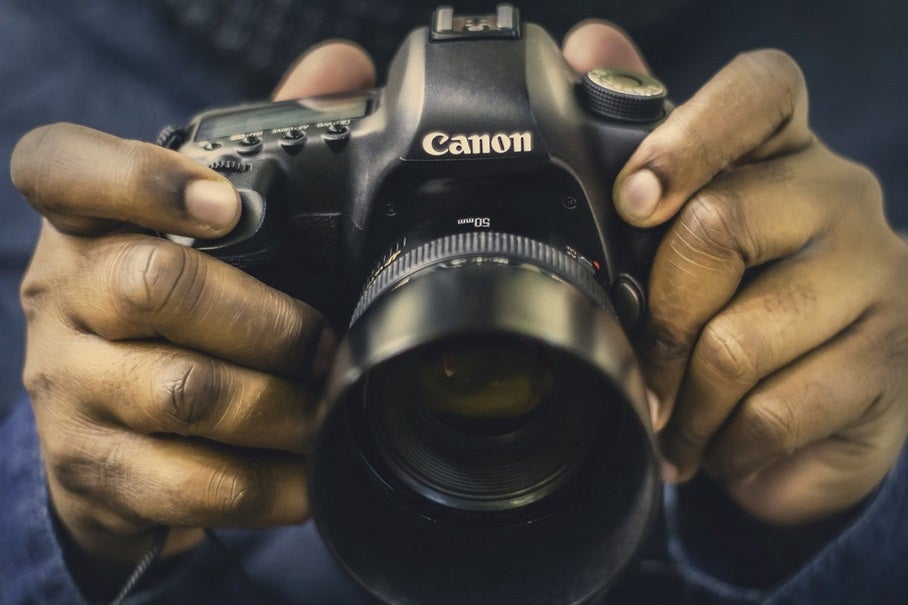
Other Tools to Consider:
You may want to invest in this other equipment if you plan on making Geocaching a serious hobby:
Magnetic Pen
Some of the Geocache containers are magnetic. If you are having a difficult time finding one of them, you can always try using your magnetic pen to see if you can pick it up. This is especially useful for extra small Geocache containers that are difficult to see.
Utility Tool
A general multipurpose utility tool will likely come in handy. It is a good idea to have one with a pair of tweezers. You can use these for removing logs and things from micro-cache containers that you can’t reach into and retrieve with your fingers.
Being able to sharpen your pencil or open a difficult to open container are also reasons to have a utility tool.
Spare Batteries
Spare batteries sounds like a strange thing to bring but you could come across a Geocache container that has a motor to open it. If this is the case, you will need spare batteries. Two AA batteries should be just fine if you happen to come across a Geocache of this kind.
If you are going to be taking a lot of equipment and out for the day, having a backpack will come in handy.
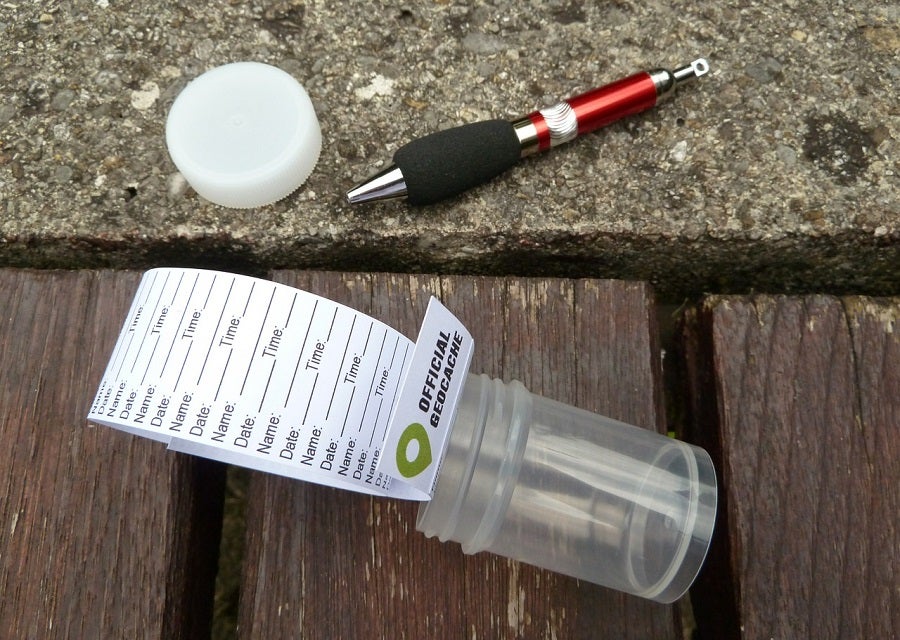
What is Geospeak?
Have you started reading about Geocaching and found yourself to be very confused? Did you find it odd when someone told you to watch out for “muggles” like you just left Hogwarts?
Maybe you opened a Geocache that contained a piece of paper that appeared to contain a bunch of random letters?
If anything like this has happened to you, it is going to be alright. The problem is that you haven’t learned Geospeak yet. Don’t worry. It isn’t like you have to learn a whole new language with grammar and spelling and never-ending rules to memorize.
Geospeak is actually quite simple. You can find all of the words that you need to know to speak like a seasoned Geocacher in no time on the Geocaching website.
There are about 50 words that you will probably encounter while geocaching that may be useful to know. Some of them you already know like, Geocaching, Geocacher, and SWAG.
You are already off to a great start. Don’t let Geospeak scare you away from becoming a Geocacher. If you really get stumped by a Geospeak word, you can always pull up the Geocaching website to find the English translation.
Chances are, if you spend enough time Geocaching, you will be a fluent speaker of Geospeak in no time.
How To Get Started?
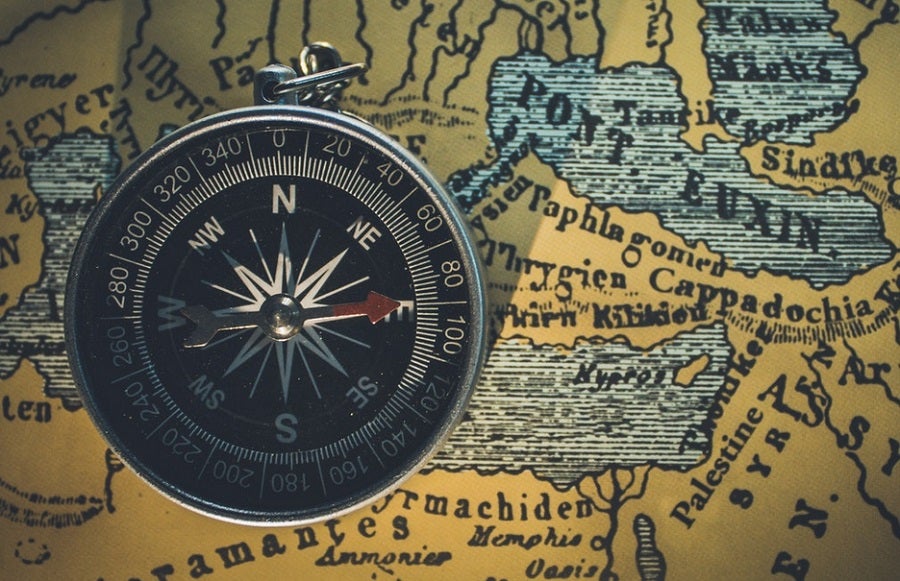
Becoming a Geocacher is really easy. If you are planning on going for the gold for your first Geocache, it might be a little more complicated. But the basics can be done in 6 easy steps:
Step #1: Download the App
Open your app store and search for Geocaching. Look for the official Geocaching app, it is green and white with a stick person and a small flag. Normally, it will be the first app to appear on your list. Download and open the app.
Step #2: Create an Account
To use Geocaching’s most basic features, you have to create a free account. You need an email address, a username, and a password.
Remember that your username will be visible to other Geocachers as well. Don’t include any personal information that you don’t want to be shared with strangers.
Step #3: Verify Your Email
As soon as you create your account, you should receive a welcome email and an email asking you to verify your email address. You MUST use a valid email that you can use to verify the account or you will be unable to proceed to access the Geocaching app.
Step #4: Choose the Geocache You Want to Hunt
Once you are logged into the app, search for your first Geocache. Preferably, you should choose one that is near you and is a traditional Geocache because those are easier to find.
You may notice that there are many Geocaches that you don’t have access to. That is because you haven’t upgraded to a premium membership. You can choose to do this now or at a later date.
Step #5: Start the Navigation
Once you have chosen your Geocache, tap the “Start” button. Make sure the GPS on your phone is turned on or it won’t work. Then you are ready to start hunting!
Step #6: Find and Log Your Geocache Experience
Finally, after all your navigating and searching over unfamiliar or even familiar land to find your prize, if you are lucky you will be rewarded with an awesome little treasure of your own.
At the very least, you will have the memories and fun of your first ever Geocaching experience.
What is a Geotour?
If you are feeling super brave and adventurous or maybe you just want to be a pirate for a day, a Geotour would be a really good place to start. These tours are basically a compilation of several Geocache containers that are located in one central location.
For example, if you are in Georgia and want to visit the state parks, you can do a Geotour with 47 different containers hidden within and around the park.
If you are visiting Amsterdam and want to experience a historical tour like no other, you can do a Geotour in Amsterdam with 24 containers just waiting to be discovered.
If you have a lot of time to kill, you are taking a vacation to a new location, or you just want to take your time finding all of the Geocache containers on a single tour, have a look at the Geotours.
You can find all of them located under the search option on the official Geocaching app.
Suggested Starting Locations
There are Geocache containers located almost anywhere you can imagine. You can use the Geocaching app to search by country, state, city, and even zip code. But if you still aren’t sure where to start looking, here are a few places to start looking near you.

Big Cities
Big cities are great places to start looking for Geocaching containers. Think places like New York City, Montreal, Paris, Sydney, and Beijing. Big cities around the globe are full of treasure just waiting for you to discover.
Usually, big cities are a great place to start if you want to make a day filled with Geocaching adventures. This is true because there are usually multiple Geocaching locations within a rather small area.
There will also be many different types of containers and levels of difficulty. If you decide that you don’t want to do one, you have plenty of other options to choose from.
National Parks
If you prefer to be closer to nature or you are looking to escape the hustle and bustle, national parks are a great place to start as well. Enjoy the beautiful scenery and find hidden treasure.
But most importantly, make memories with those who are closest to you. Many nature places like national parks that have many different places to hike, ride bikes and do other outdoor activities also include Geotours of that location with multiple Geocaching all in one general area.
You could make a day, a weekend, or even longer out of just hunting for Geocache in one national park.
Tourist Locations
If you are traveling to places where there are a lot of tourist locations this is a great place for geocaching. You can search for spots like “The Statue of Liberty” or “Big Ben” and you can see Geocaching locations nearby.
This is especially useful if you are in a city or even country that you are unfamiliar with.
Going to tourist locations also open you up to new experiences like SWAG that is left behind by someone from another country or culture. This can take your usual treasure hunting adventures and turn them into multicultural experiences.
You really never know what you might find while looking for treasure.
What Are You Waiting For?
There are over 3 million Geocache locations around the world just waiting to be discovered. Why are you still sitting there staring at the screen? It is time to collect your supplies, choose your first treasure and start hunting!
